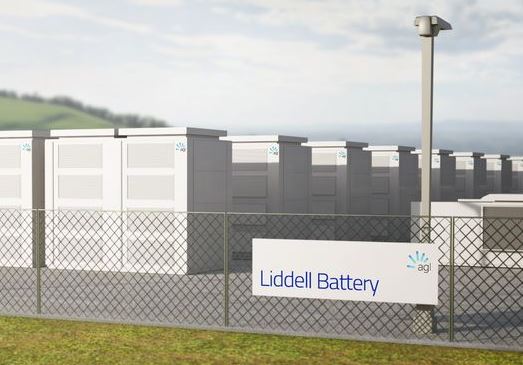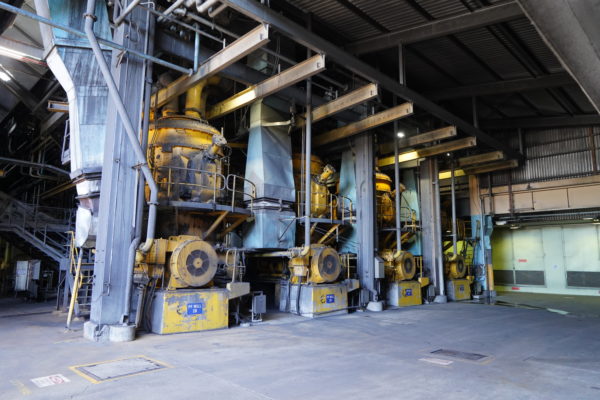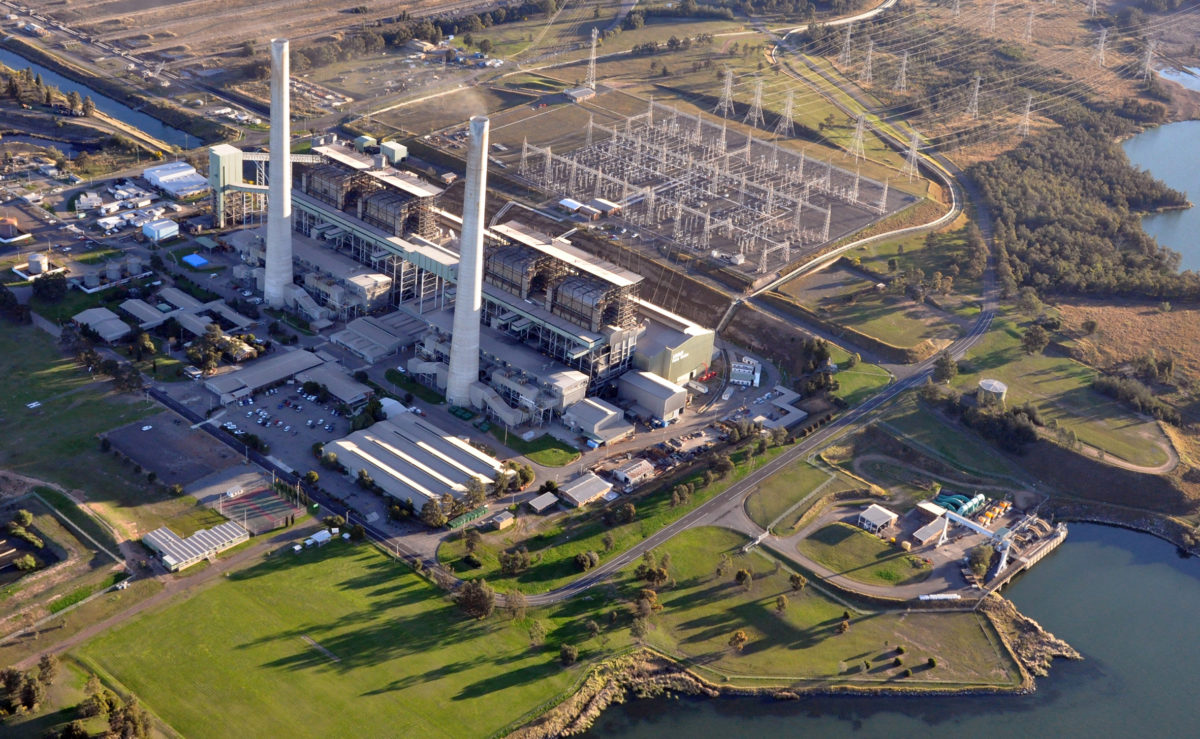Australia’s largest energy gen-tailer AGL Energy announced on Friday it had closed the first 500MW coal-fired generating unit at its Liddell Power Station in the New South Wales (NSW) Hunter Valley as it progresses plans to shut down the entire facility over the next 12 months.
The coal-fired Liddell Power Station will be shut down entirely in in April 2023 with AGL having outlined plans to transform the site into an integrated, low-carbon industrial energy hub dominated by a 500MW/2GWh grid-connected utility scale battery.
AGL chief operating officer Markus Brokhof said the closure of the first of the four units at Liddell was a significant moment for the company and a clear demonstration of the power producer’s commitment to the decarbonisation of its fossil-fuel fired generation portfolio.
“We announced the retirement of Liddell in 2015 and seven years later we are pleased to be in a position to begin the orderly and responsible closure and transition of the power station in line with our climate commitments,” he said.
“As the power station nears the end of its technical life, we are focused on ensuring it continues to operate safely for our people while providing power reliably.
“The transition of the Liddell site into the Hunter Energy Hub will continue to take shape between now and the site’s full closure next year. We are excited about our clean energy plans in the Hunter region, including grid-scale battery, solar thermal storage, wind, hydrogen and pumped hydro projects.”

Image: AGL Energy
AGL has already secured planning approval to build the 500MW/2GWh grid-connected utility scale battery at the site, providing a new source of dispatchable power and allowing the company to reuse the existing grid connection infrastructure.
AGL has also signed a memorandum of understanding with Fortescue Future Industries to explore a green hydrogen production facility as part of its planned Hunter Energy Hub which includes a hydroelectric power station at Bells Mountain.
Brokhof said the transformation of the Liddell site into a renewable energy hub would mark the company’s first rehabilitation of a thermal coal site.
“We’re committed to seeing this site continue its legacy as the backbone of the NSW electricity grid as we repurpose the infrastructure to continue delivering energy through the next phase of its life,” he said.
Liddell was commissioned in 1971 and currently ranks as one of Australia’s top 10 power stations in terms of greenhouse gas emissions. AGL said the closure of the first unit will deliver an annual reduction in greenhouse gas emissions that is equivalent to taking around 400,000 cars off the road.
The closure of the Liddell Power Station is part of an accelerating transition away from fossil fuels towards renewable power.

Image: AGL Energy
In February, AGL announced it had fast-tracked the closures of its two biggest coal-fired power plants. The 2,640MW Bayswater power station in the Hunter Valley will be shuttered “no later than” 2033, two years ahead of its previously scheduled closure of 2035, while the 2.210MW Loy Yang A plant in Victoria’s Latrobe Valley will now close by 2045 rather than 2048.
Fellow gen-tailer Origin Energy has also brought forward plans to close its coal-fired Eraring power station in the Hunter region, announcing in January the 2,880MW plant will be closed in August 2025, seven years earlier than previously scheduled.
The closure of the Liddell generator comes just days after a fire at the coal-fired Yallourn Power Station in Victoria’s Latrobe Valley forced two or the station’s four generation units offline.
EnergyAustralia said there had been a small fire in a coal storage facility at the Yallourn power plant on Wednesday. The fire burnt for six hours and has left two generation units out of service. It is expected they will be returned to service within the coming week.
The fire is the latest setback for the plant which was last year damaged during severe floods. A state energy emergency was declared after it was discovered flooding had created significant cracks in the Morwell River Diversion wall which protects the Yallourn Power Station and adjacent coal mine site.
The power station, which supplies up to 22% of Victoria’s energy and 8% of Australia’s, is set to close by mid-2028.
This content is protected by copyright and may not be reused. If you want to cooperate with us and would like to reuse some of our content, please contact: editors@pv-magazine.com.









Pure madness. Closing down 8GW of base load generation with nothing to replace it. I can smell a disaster coming. Everything Brooke’s has touched has turned to disaster.